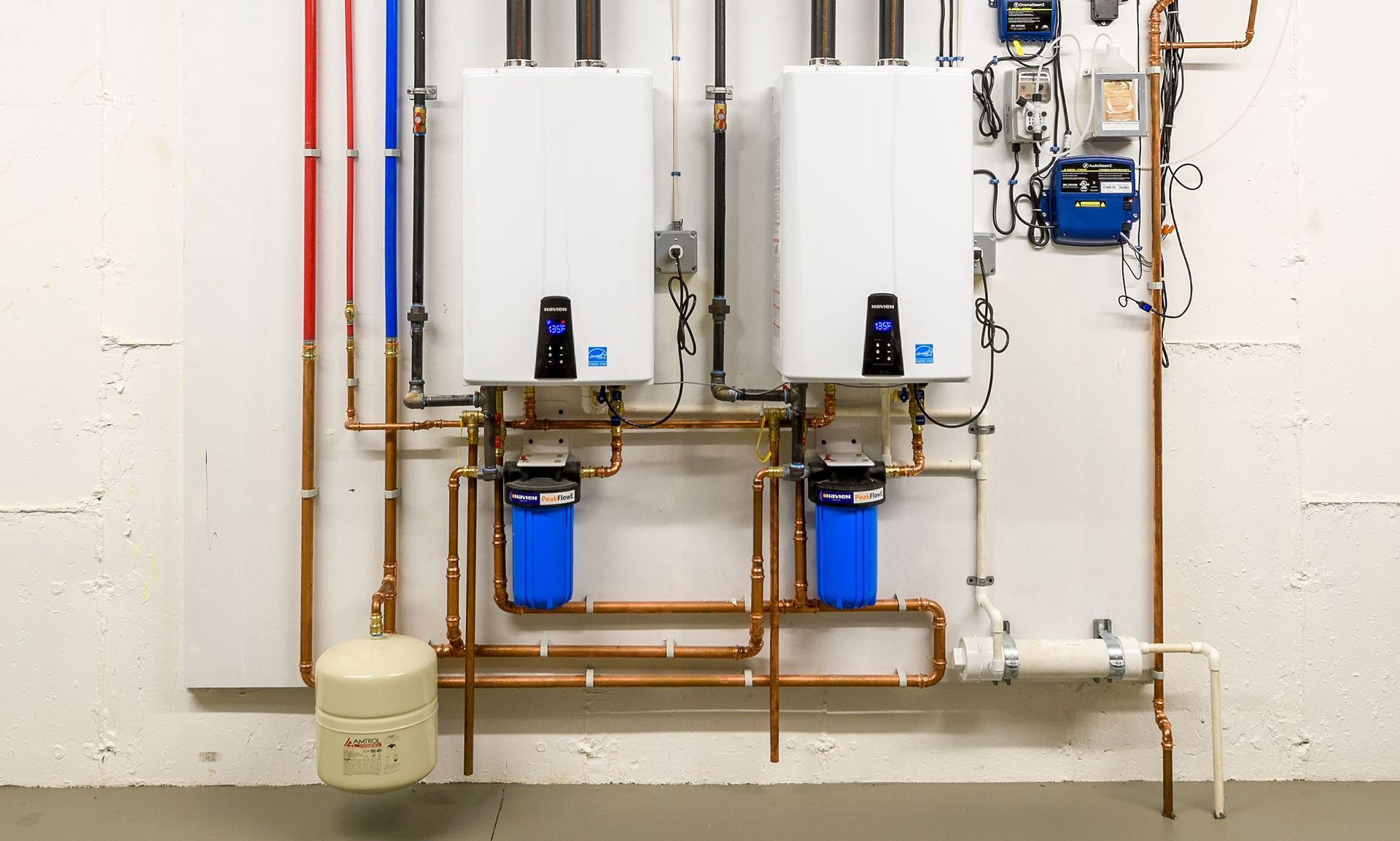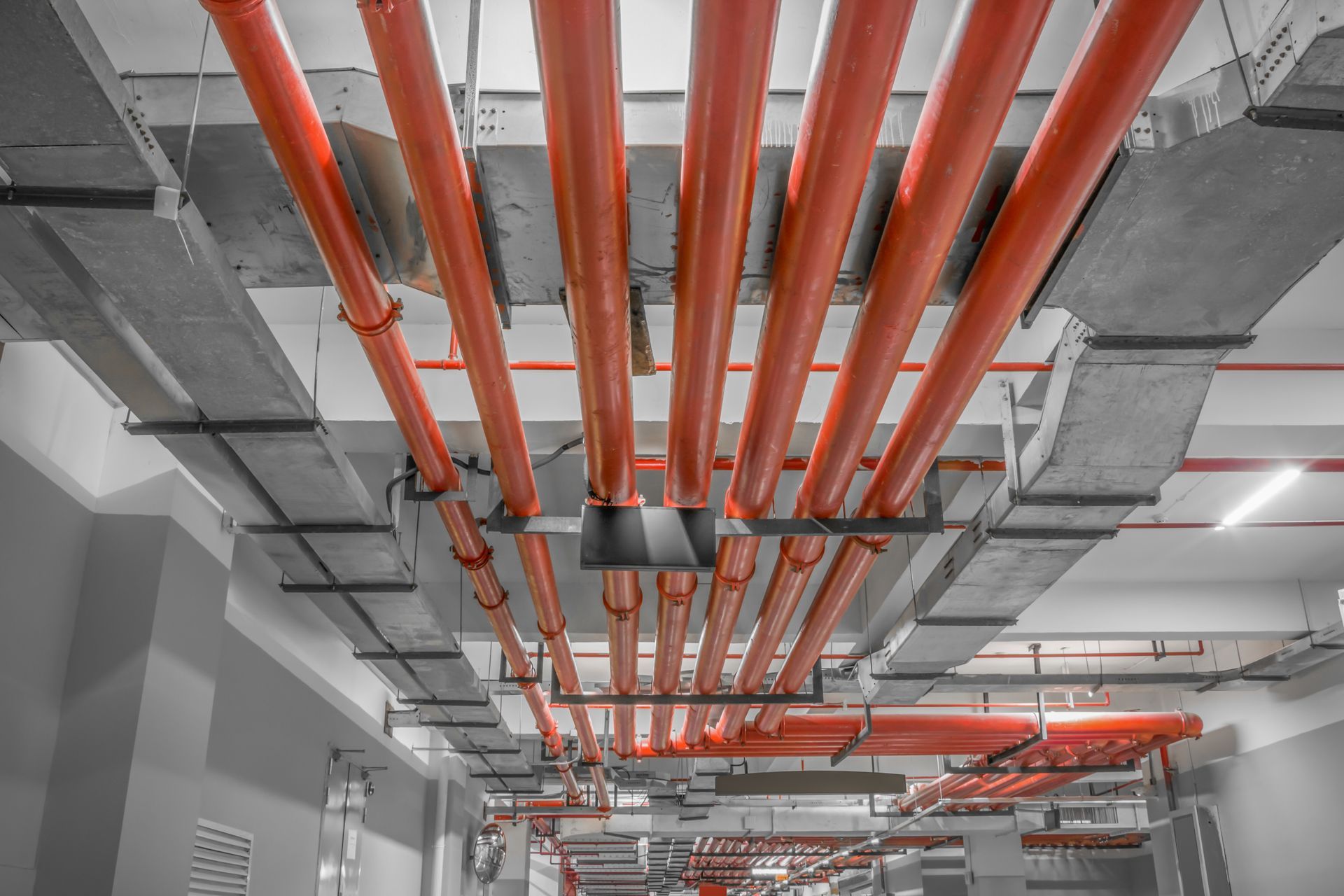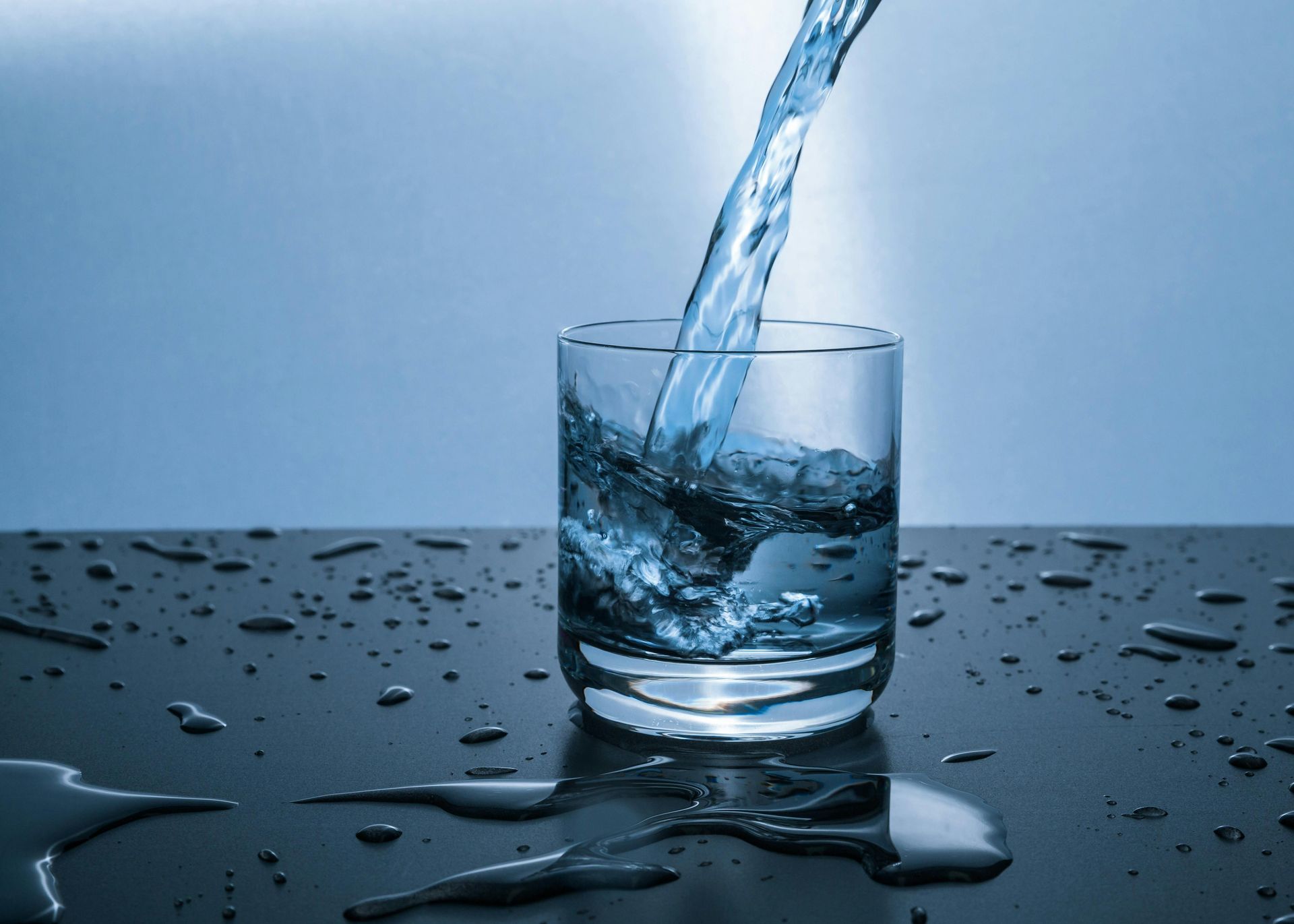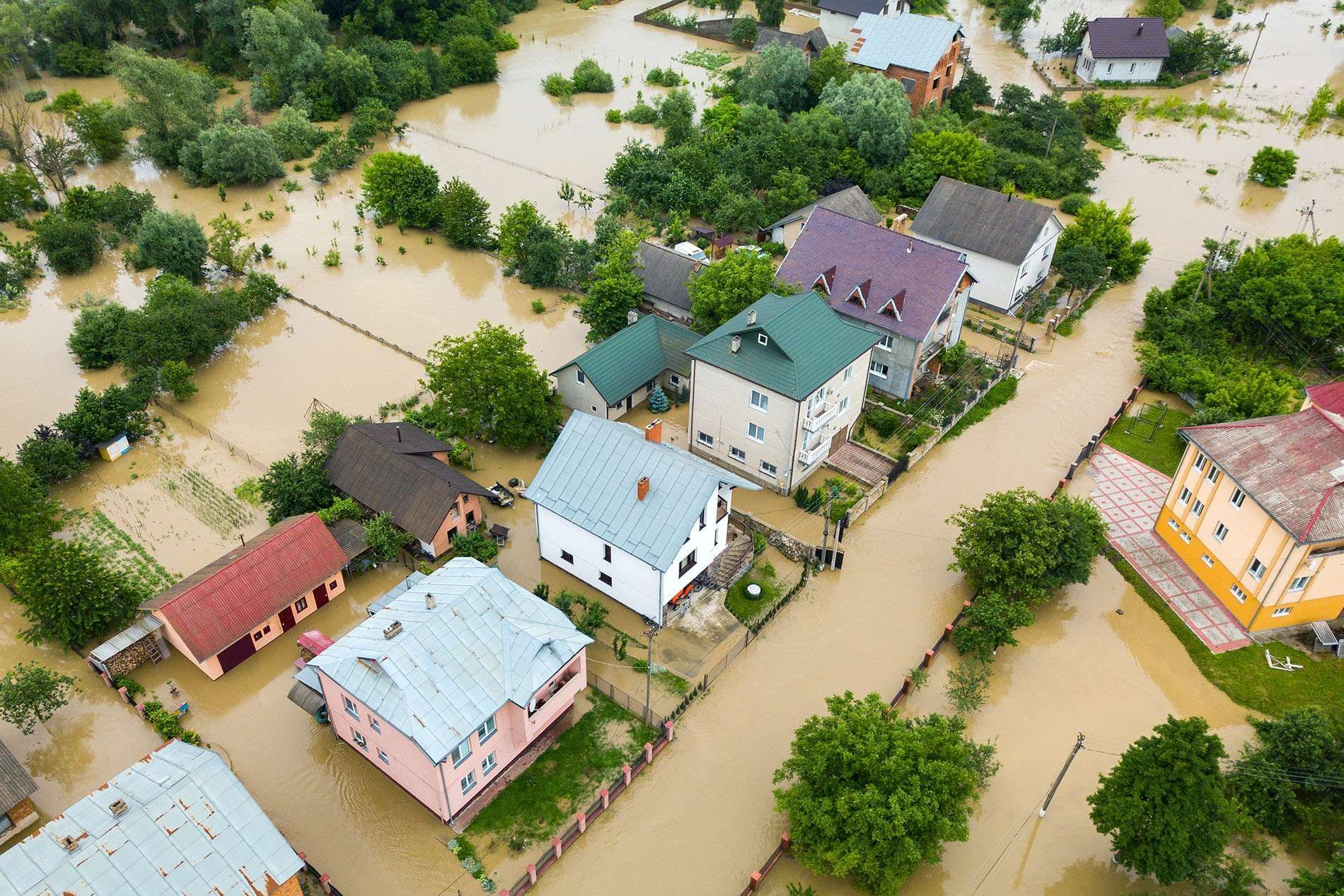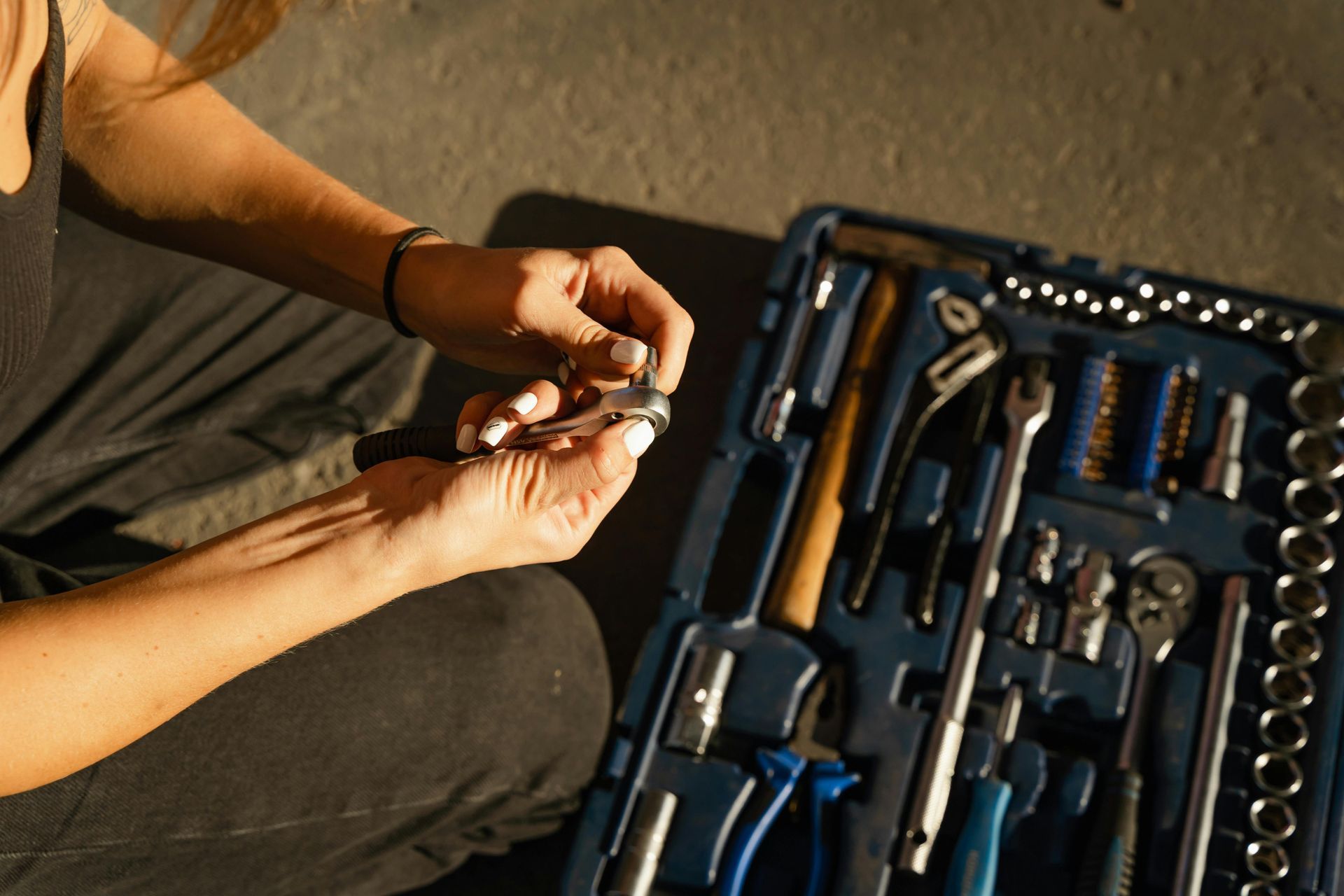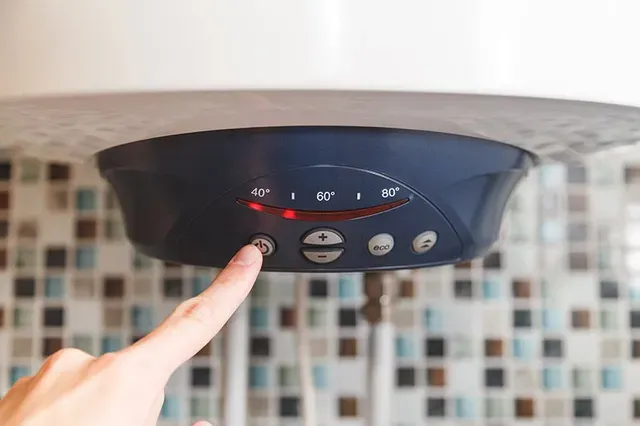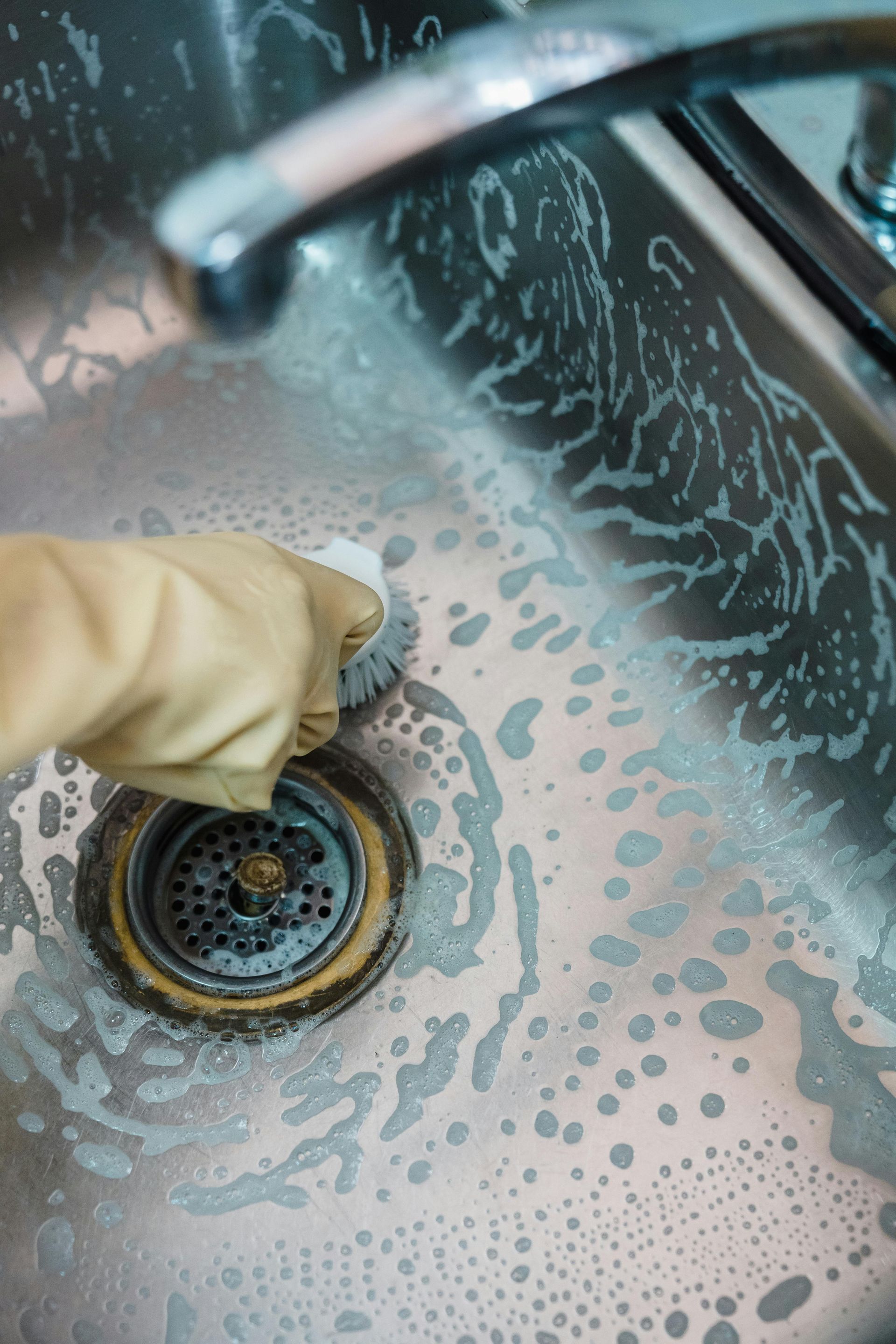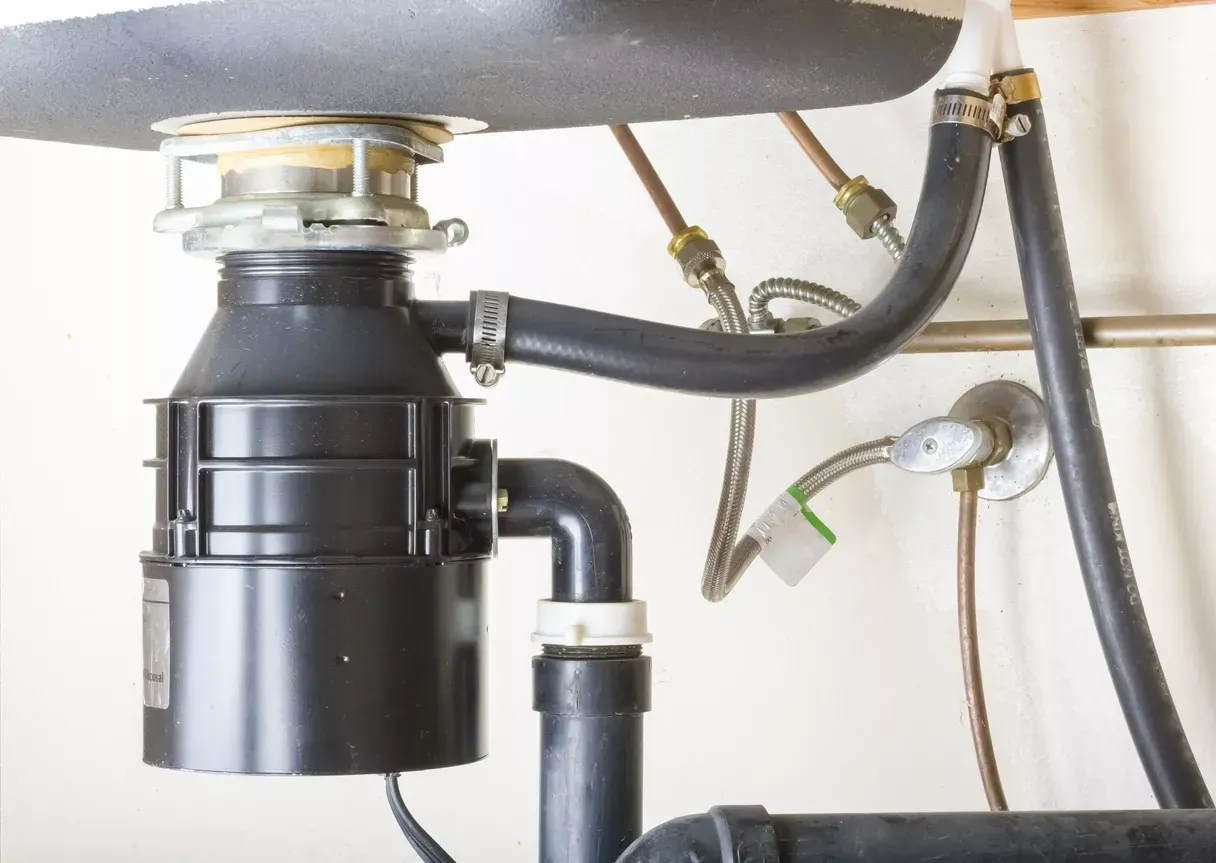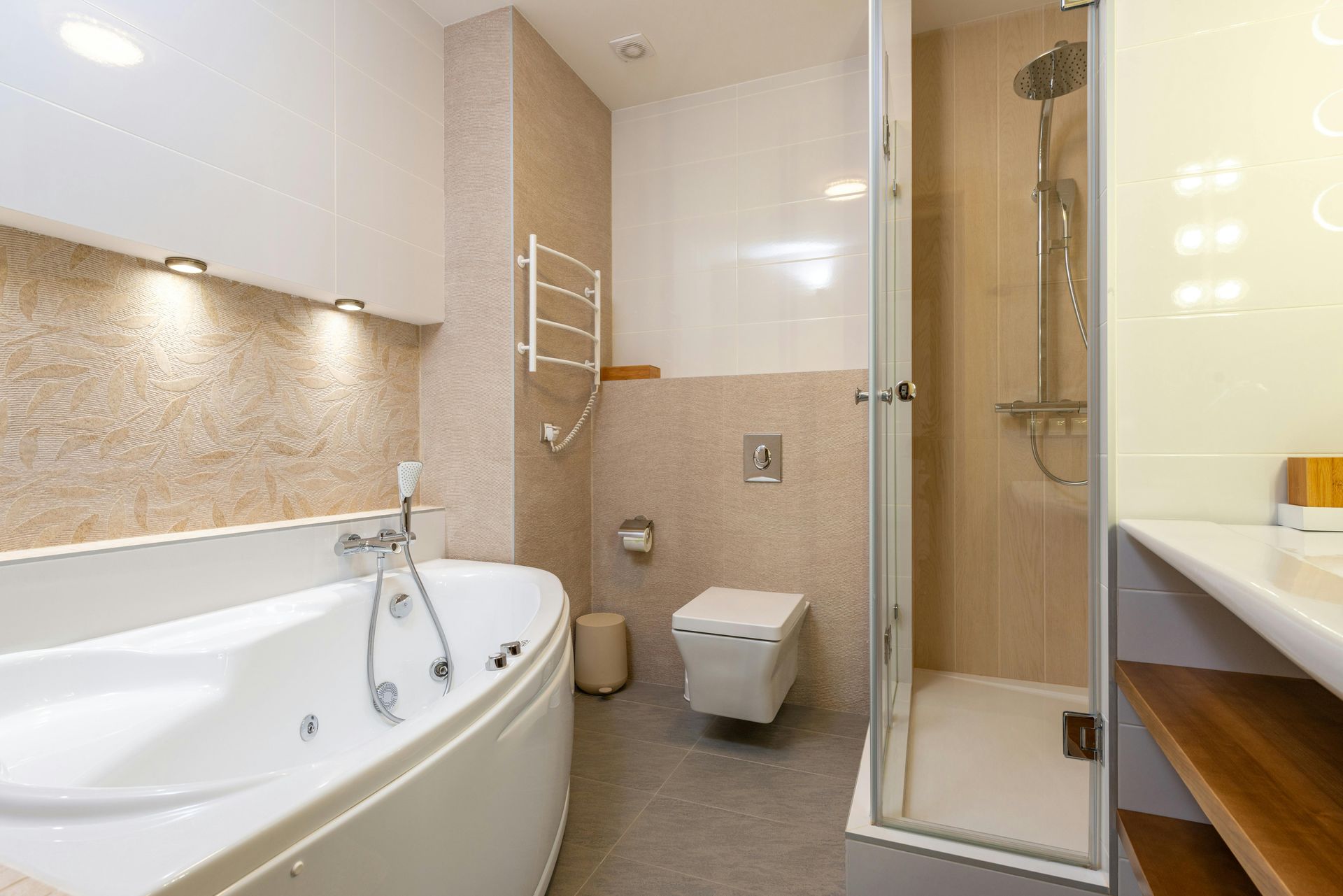Four Ways to Handle a Broken Sewage Pipe
There’s nothing quite like the panic that hits when you suspect—or worse, know—you’ve got a broken sewage pipe. Whether it’s a slow, foul-smelling leak under the house or a sudden backyard swamp that wasn’t there yesterday, broken sewage lines can escalate from gross inconvenience to full-blown health hazard in no time. The key to avoiding disaster? Acting quickly, smartly, and with a clear understanding of what you’re dealing with.
In this guide, we’ll walk you through four of the most effective ways to handle a broken sewage pipe, each with step-by-step guidance, potential risks, and helpful tips from industry professionals. From emergency containment to permanent solutions, we’ll cover everything you need to know without overwhelming you. Let’s break down the mess—literally.
Reasons to Keep Your Sinks Maintained
1. Temporary Shutoff and Containment: Buy Time, Stop the Spread
When you first discover signs of a broken sewer line—gurgling drains, slow flushing toilets, unpleasant odors, or visible leakage—the first and most important step is to minimize damage. Time is critical. The longer wastewater flows freely, the more damage it does to your home, your yard, and even your health.
Start by shutting off the water supply to the home. While this won’t stop sewage from backing up if it’s already clogged, it will reduce the amount of water entering the system. Next, isolate the area if the break is visible. Lay down heavy-duty plastic sheets to contain any contaminated water. For outdoor breaks, avoid walking through wet patches of soil and mark off the area so no one accidentally steps into a dangerous spot.
Containment isn’t a permanent fix, but it gives you breathing room. It allows you to prevent further contamination and figure out your next step—without turning your entire home into a hazard zone.
2. Call a Licensed Plumber for an Inspection: Know What You’re Dealing With
No matter how handy you are around the house, a broken sewage pipe is not a DIY project you want to tackle blind. That’s where a professional plumber comes in. Using video camera inspection technology, plumbers can pinpoint the exact location and extent of the damage. This step is crucial because sometimes what appears to be a broken pipe is actually a blockage or collapsed section caused by tree roots or soil shifts.
This inspection is more than just diagnostic—it helps determine whether you’ll need a full pipe replacement, a section repair, or trenchless solutions like pipe lining. And with the results in hand, you’ll be able to make informed decisions about costs, timeframes, and repair options. It’s the smartest way to turn panic into a plan.
3. Consider Trenchless Sewer Repair: Less Destruction, Faster Fix
If the idea of digging up your entire yard makes your stomach turn, you’re not alone. Traditional sewer repair can be invasive and expensive, especially if the broken pipe runs under driveways, landscaping, or patios. Fortunately, modern technology offers less invasive options, and trenchless sewer repair is at the top of that list.
In trenchless methods like pipe lining or pipe bursting, professionals access the sewer line through two small entry points. In pipe lining, a flexible resin-coated tube is inserted into the damaged pipe, which hardens and essentially creates a new pipe inside the old one. Pipe bursting involves breaking the old pipe apart while simultaneously pulling a new pipe through the same space.
These methods can often be completed in a day and cause minimal disruption. They’re not suitable for every situation, but when applicable, they save time, money, and your landscaping.
4. Replace the Sewer Line: When There’s No Other Option
Sometimes, especially if your sewer system is decades old or made from outdated materials like clay or Orangeburg (a bituminous fiber), a full replacement is the only safe and reliable fix. Yes, it’s the most labor-intensive and expensive option, but in some cases, it’s also the most responsible one. Replacing the entire line may even increase your property’s value and reduce the risk of future failures.
Sewer line replacement typically involves digging a trench to access the entire length of the pipe, removing the damaged section, and installing a new one—usually PVC or HDPE for durability. If your home has frequent backups, slow drainage throughout the house, or recurring pipe bursts, this may be the reset your plumbing system desperately needs.
While this process takes longer and causes more disruption, it offers peace of mind and long-term reliability that patchwork repairs just can’t match.
Understanding the Risks: Health Hazards, Structural Damage, and Cost Overruns
A broken sewage pipe isn’t just a nuisance—it’s a potential health emergency. Untreated wastewater can carry harmful bacteria, viruses, and parasites. If it seeps into your home’s foundation or walls, it can lead to mold, rot, and structural instability.
Ignoring the problem only increases repair costs over time. What starts as a simple crack can escalate into major damage if not addressed quickly. Plus, many cities issue fines or citations for untreated sewage leaks, especially if they affect public property or neighboring homes.
Prompt attention, professional support, and proactive planning are your best defenses.
Expert Advice: Preventing Future Pipe Breaks
As with most plumbing disasters, prevention goes a long way. Regular inspections, especially if you live in an older home or have lots of mature trees near sewer lines, can detect small issues before they become major ones. Installing root barriers or replacing outdated pipes early can save thousands later.
Be mindful of what goes down your drains—grease, hygiene products, and even certain “flushable” wipes can clog or corrode your lines. Invest in a good sewer cleanout cap and consider a backflow valve to prevent future backups.
Your sewage system works silently in the background—until it doesn’t. Treat it with care, and it will keep your home safe and clean.
What Does It Mean When Water Backs Up Into The Bathtub
Wrapping It Up: A Smart Plan Beats a Dirty Crisis
Handling a broken sewage pipe is overwhelming, but it doesn’t have to be devastating. Whether you're buying time with a quick shutdown, calling a trusted plumber, opting for trenchless repair, or committing to a full replacement, the right strategy can make all the difference.
Act quickly. Stay informed. And when in doubt, bring in professionals who can guide you through the chaos.
Because when it comes to sewage pipes, ignoring the issue is the fastest way to let a minor problem spiral into a nightmare—and no one wants to wake up to that kind of mess.
